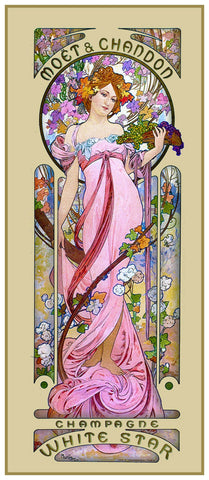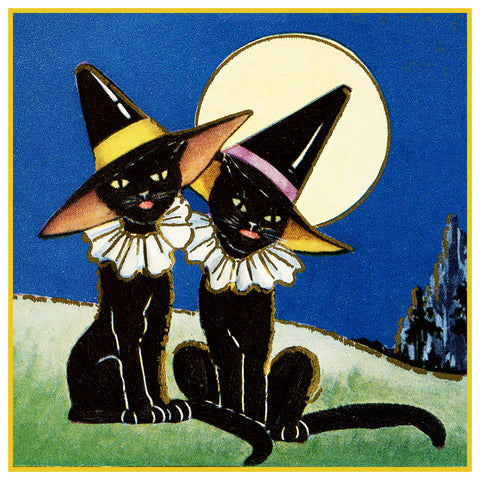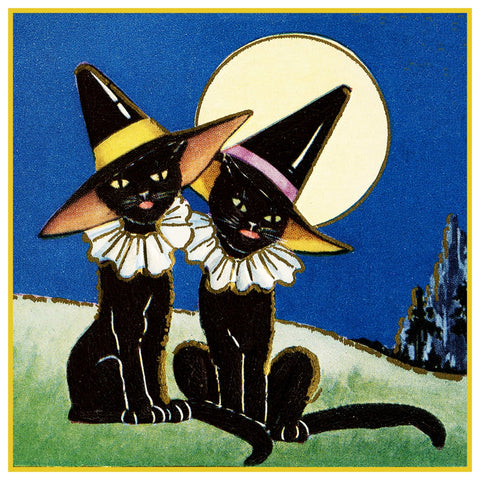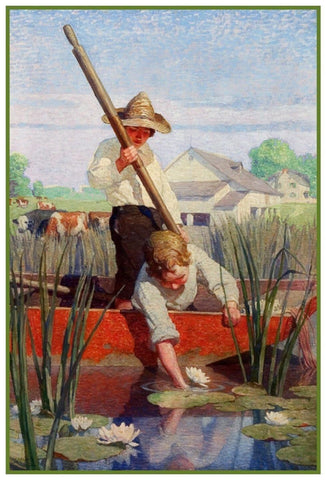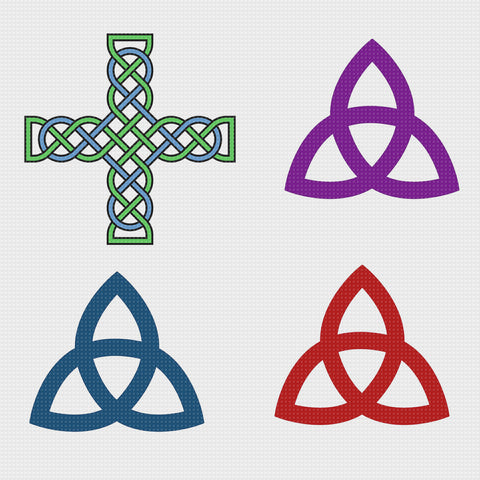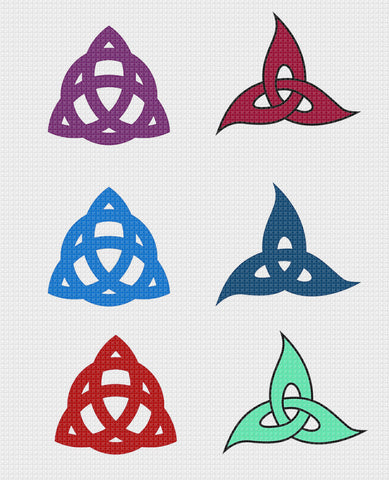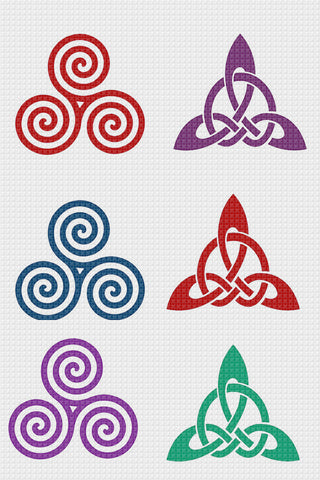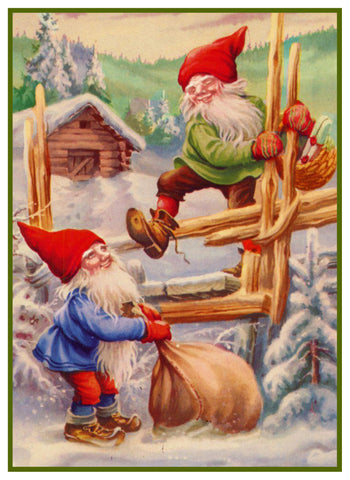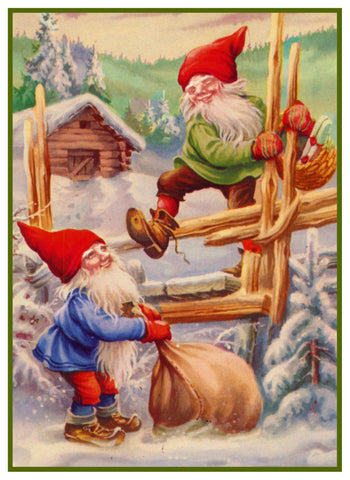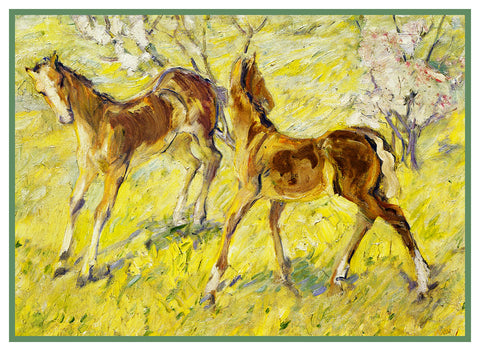- Orenco Originals creates exceptional charts/patterns. NO thread or fabric are included.
- COUNTED CROSS STITCH PATTERN Charted for 14 count fabric and DMC Cotton Floss. Finished size is 12 inches (168 Stitches) by 14 inches (196 Stitches).
- Chart/Patterns use up to 40 colors of floss. Full stitches only. No half stitches and no backstitching necessary.
- We provide two charts both printed in black ink on bright white 11" by 17" paper. Chart #1 is a single page chart. Chart #2 (tired eyes) is a 4 page enlarged chart that eases eye strain.
- This is a pattern that is used to sew and to create a counted cross stitch picture.
- This is NOT a completed product. It is NOT a kit, it contains no floss or fabric.
Grant Wood, 1891-1942, American painter who was one of the major exponents of Midwestern Regionalism, a movement that flourished in the United States during the 1930s.
Wood was trained as a craftsman and designer as well as a painter. After spending a year (1923) at the Acadamie Julian in Paris, he returned to Cedar Rapids, Iowa, where in 1927 he was commissioned to do a stained-glass window. Knowing little about stained glass, he went to Germany to seek craftsmen to assist him. While there he was deeply influenced by the sharply detailed paintings of various German and Flemish masters of the 16th century. Wood subsequently abandoned his Impressionist style and began to paint in the sharply detailed, realistic manner by which he is now known.
Wood became one of the leading figures of the Regionalist movement. Another well-known painting by him is Daughters of Revolution (1932), a satirical portrait of three unattractive old women who appear smugly satisfied with their American Revolutionary ancestry. In 1934 Wood was made assistant professor of fine arts at the University of Iowa, Iowa City. Among his other principal works are several paintings illustrating episodes from American history and a series of Midwestern rural landscapes that communicate a strong sense of American ambience by means of a skillful simplification of form.


![[product_title] - Orenco Originals LLC Counted Cross Stitch](http://www.orencooriginals.net/cdn/shop/products/01a12x14grantWood1929WomanwithPlants_1024x1024.jpg?v=1654390308)
![[product_title] - Orenco Originals LLC Counted Cross Stitch](http://www.orencooriginals.net/cdn/shop/products/01a12x14grantWood1929WomanwithPlants_medium.jpg?v=1654390308)
![[product_title] - Orenco Originals LLC Counted Cross Stitch](http://www.orencooriginals.net/cdn/shop/products/OrencoOriginalsFirstStitchThenPILLOWGrantWood_2_68e7f7e5-eb7f-45f9-a1c8-4657ab9ba1ee_medium.jpg?v=1654390308)
![[product_title] - Orenco Originals LLC Counted Cross Stitch](http://www.orencooriginals.net/cdn/shop/products/OrencoOriginalsFirstStitchThenFrameGrantWood_3_7a1694ea-5706-4e5c-9407-6c42d0caf7b5_medium.jpg?v=1654390308)
![[product_title] - Orenco Originals LLC Counted Cross Stitch](http://www.orencooriginals.net/cdn/shop/products/OrencoOriginalsFirstStitchThenFrameGrantWood_6_ccf68e96-b326-4c0d-b87e-272c324a43c6_medium.jpg?v=1654390308)
![[product_title] - Orenco Originals LLC Counted Cross Stitch](http://www.orencooriginals.net/cdn/shop/products/OrencoOriginalsFirstStitchThenFrameGrantWood_12_46e937be-497f-408b-8b85-4af091403683_medium.jpg?v=1654390308)
![[product_title] - Orenco Originals LLC Counted Cross Stitch](http://www.orencooriginals.net/cdn/shop/products/OrencoOriginalsFirstStitchThenPILLOWGrantWood_1_fcdf5e47-2c85-4aac-945d-3c4cc0d94b55_medium.jpg?v=1654390308)
![[product_title] - Orenco Originals LLC Counted Cross Stitch](http://www.orencooriginals.net/cdn/shop/products/OrencoOriginalsFirstStitchThenPILLOWGrantWood_6_69f7e88e-59a4-4216-b556-e3dd0b86266f_medium.jpg?v=1654390308)
![[product_title] - Orenco Originals LLC Counted Cross Stitch](http://www.orencooriginals.net/cdn/shop/products/ChartExample-Copy-Copy-Copy_1_-Copy_d7769e82-f29f-4bd2-9c77-5e35525d6be4_medium.jpg?v=1654390308)
![[product_title] - Orenco Originals LLC Counted Cross Stitch](http://www.orencooriginals.net/cdn/shop/products/ChartExample-Copy-Copy-Copy_2_-Copy_232deb95-3738-4aee-aa61-945e243126f3_medium.jpg?v=1654390308)
